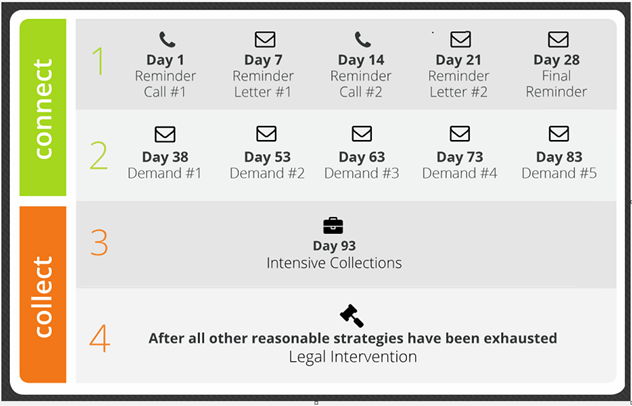Each year, the FAFSA (Free Application for Federal Student Aid) form for the next academic year becomes available on October 1. That means, if you plan on starting college in the fall of 2025, your FAFSA form will be available on October 1, 2024 and will be due on June 30, 2025 by 11:59 p.m. CT. Each October, the FAFSA is available for the next school year. It is best to fill it out as early as you can because some aid is first come, first served.
FAFSA – Title IV what covers
– Direct Subsidized/Unsubsidized Loan
– Direct Graduate PLUS Loan
– Direct PLUS Loan
– Pell Grant
– SEO Grant – Supplemental Educational Opportunity Grant (SEOG) additional grant money to students that demonstrated financial need.
Title IV Allowable Charges
– Tuition
– Mandatory Fees
– Room & Board, if contracted with the University
Case Study of a College
We get a call from the CFO of a University in East Coast expressing the need to recover money from the students, but that they wanted to do it different than what we typically do because they wanted to go after ACTIVE students.
We explained that the best way would be with STEP 2 (fixed fee collections), but he said they did not have the personnel to take care of all the inbound calls. They wanted traditional collections. Most Universities and Colleges will not pay a high commission for this product.
We were very clear in explaining that those students that brought in documents to fulfill their obligations with FAFSA to us, there would be charge a commission for the amount paid by the federal government to the university if we were to handle those cases.
They submitted 3,600 students totaling 6M Dollars.
2,000 active students that owed some type of FAFSA documents to be eligible to receive Title IV money.
Hundreds of students re-enrolled back to the college moment they realized that a collection agency is involved. Our approach was not to threaten them, but politely explain them that if they took the relevant documents back to the college and re-enroll, all their tuition debt will be wiped off, else they will be personally liable for the unpaid student fee. These were the same students who never responded when college sent them countless demands via phone calls and printed invoices, as students were not taking the college staff seriously earlier.
Students who did not re-enroll, went through the standard collection process.
We have successfully implemented this model across several universities. We have recovered millions of dollars for colleges in the last couple of years.



